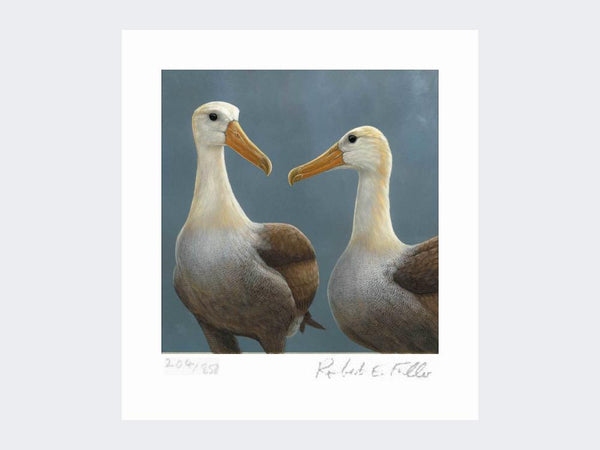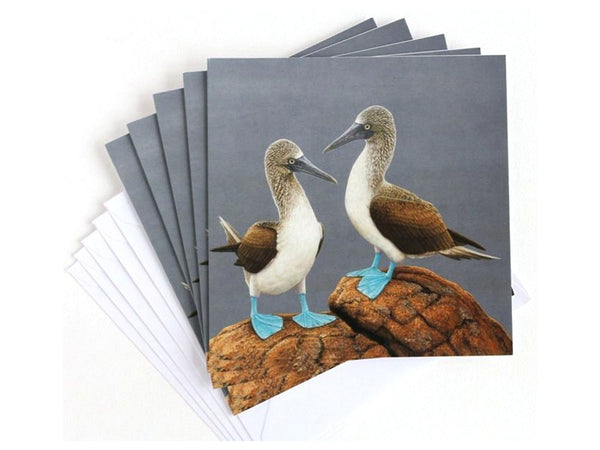Now that my exhibition is finally underway, I can put down my paintbrushes and at last begin the series of blog posts on my trip to the Galapagos I promised.
I saw so much that took my breath away it is difficult to know where to start but on reflection I think the above portrait in acrylic paint of the giant tortoise, Super Diego, ought to headline my Galapagos blog series. Super Diego's story is also the story of the success of the incredible breeding programmes run by the Galapagos scientific institution, The Charles Darwin Research Foundation, which turned 50 this year. This 133 year old saddle-backed Espanola tortoise is thought to be solely responsible for bringing his subspecies back from the brink of extinction after fathering an estimated 1,700 baby tortoises since being acquired by the Foundation in 1977.
Super Diego had been living in a zoo in San Diego, California, since 1930, but was returned to the Galapagos Islands to join a crucial breeding programme. At the time there were just 14 Espanola tortoises left in the world.
Everybody has heard of Lonesome George, whose death in 2012 rendered his subspecies the Pinta tortoise extinct. But Super Dad Diego has ensured the survival of his species. The giant tortoises in Galapagos are unique to each island and you can identify which species belongs to each island in this way. I saw giant tortoises on my very first day in Galapagos at a farm on Santa Cruz Island that was entirely given over to tortoises.
Farmers in Galapagos compete to attract wild tortoises and the tourists that they bring by making their land as appealing as possible and this one had a number of muddy wallows for them to cool off in. Although I knew the tortoises would be large, I wasn't really prepared for how large. They really are huge.
Farmers in Galapagos compete to attract wild tortoises and the tourists that they bring by making their land as appealing as possible and this one had a number of muddy wallows for them to cool off in. Although I knew the tortoises would be large, I wasn't really prepared for how large. They really are huge.
I knelt by the edge of a path until the day cooled off and the tortoises started to come out to graze. Two large males ambled past me. They were so close I could hear them creaking under the weight of their shells.
Then one met another male heading in the opposite direction. Each began to try to lift its heads up higher than the other. They opened their mouths and hissed at one another, trying to gain dominance over the other.
I was so absorbed in sketching and photographing them I hadn't noticed that I was kneeling in the path of a fire ant colony until I felt the sting of their poison burn my legs, but at least I had got some great photographs to inform my paintings.






















